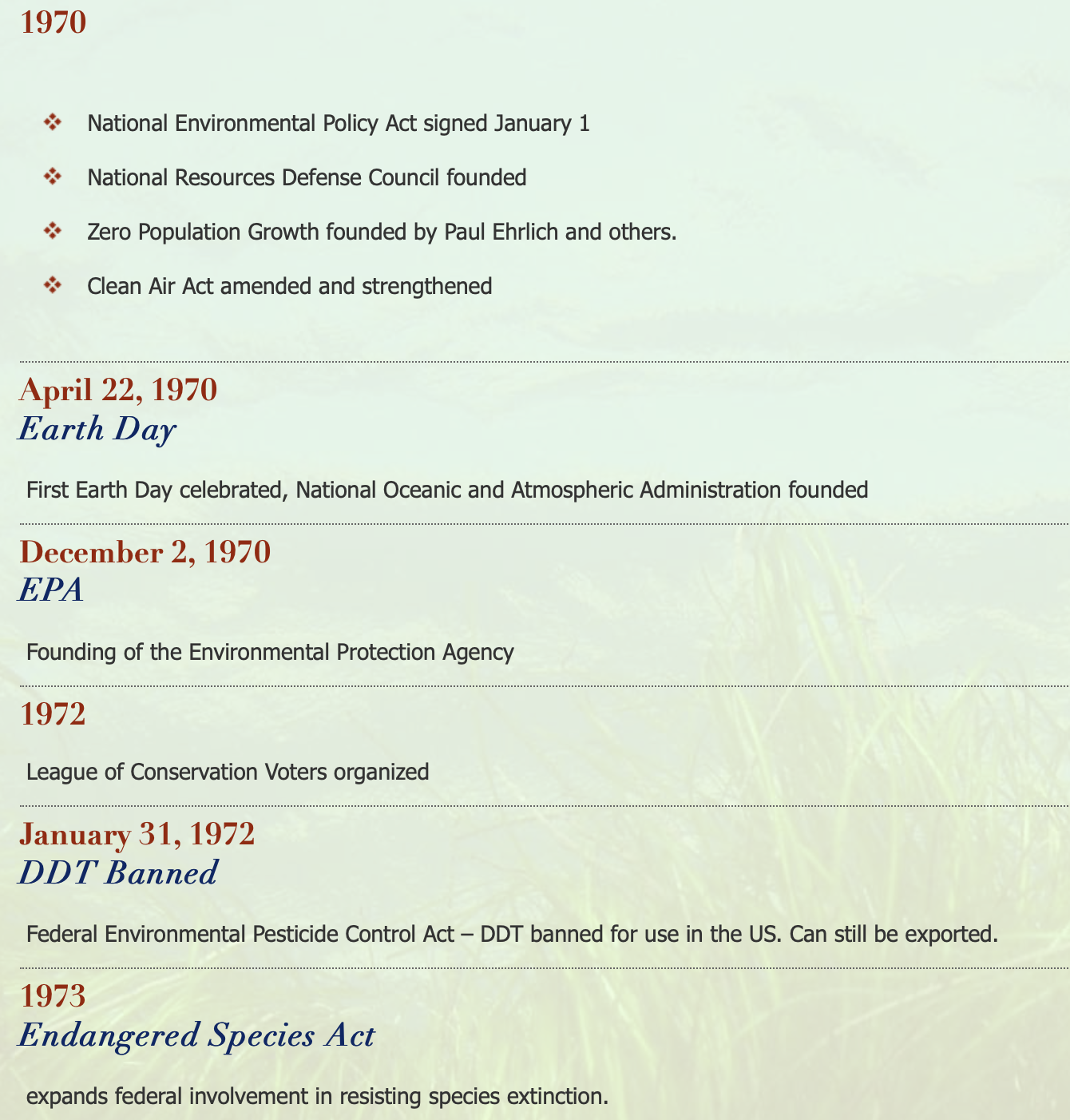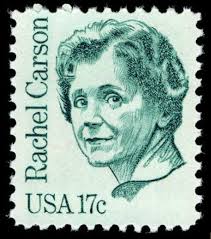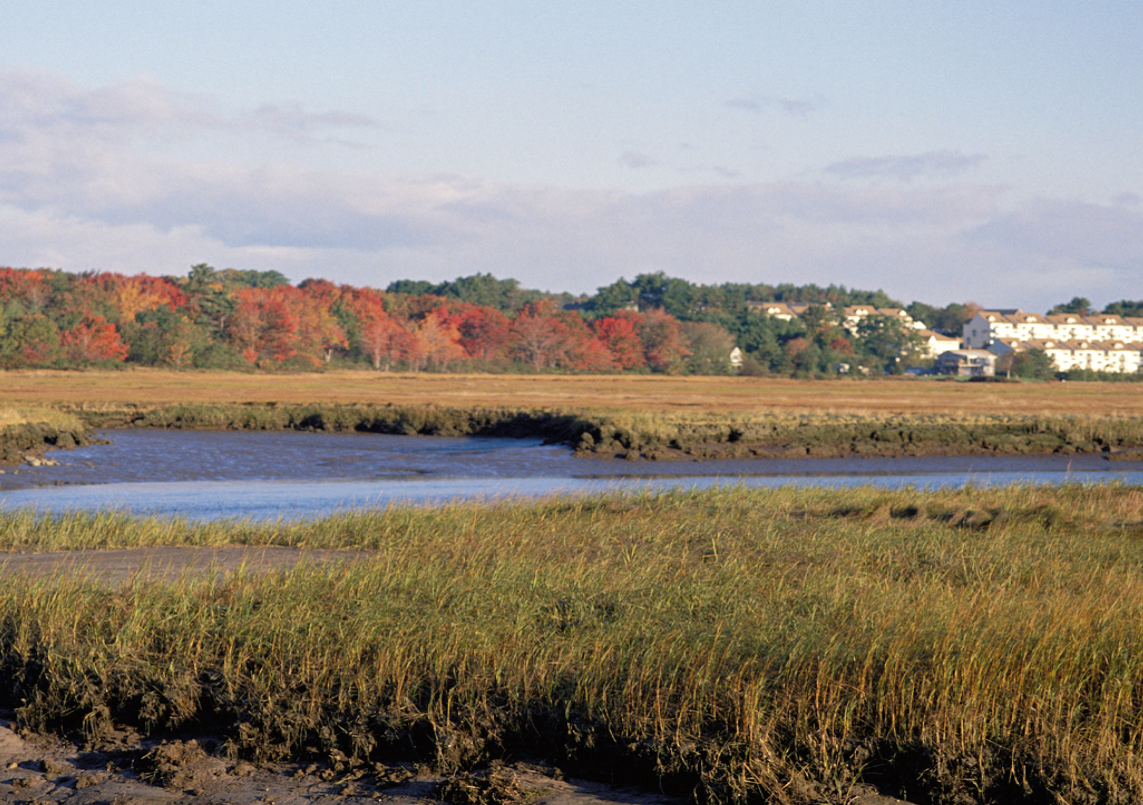Rachel Carson had broken the barrier of silence and launched the environmental movement. She was a highly regarded scientist and an amazing woman. David Gessner depicts her journey below.
"In the spring of 1962, the New Yorker published Rachel Carson’s anti-pesticide manifesto, Silent Spring, in three installments. Carson’s message quickly transcended the magazine’s readership, eliciting a national response that would eventually lead to a federal ban on DDT for agricultural use and the creation of the EPA. In honor of Carson’s legacy and Women’s History Month, cartoonist David Gessner [author] illustrates the pioneering writer’s final years as she fought for the environment and for her life. (Based on Linda Lear’s biography, Rachel Carson: Witness for Nature.)"
~ David Gessner, on introducing illustration "Rachel's War" on Sierra Club website, March 15, 2016.
~ David Gessner, illustrator of "Rachel's War," cartoon drawn October 2015 and appearing on Sierra Club website, March 15, 2016.
Earth Day - April 22, 1970
Annually, on the first day of Spring, the public is informed of environmental concerns. According to CEO Musil, "each Earth Day the Rachel Carson Council sponsors events around the world to keep people aware of what they can do to help our environment."
“Earth Day 1970 gave a voice to an emerging environmental consciousness about the state of our planet...the stage was set for change with the publication of Rachel Carson’s New York Times bestseller Silent Spring in 1962. The book represented a watershed moment, selling more than 500,000 copies in 24 countries as it raised public awareness and concern for living organisms, the environment and the inextricable links between pollution and public health.
Groups that had been fighting individually against oil spills, polluting factories and power plants, raw sewage, toxic dumps, pesticides, freeways, the loss of wilderness and the extinction of wildlife united on Earth Day around these shared common values. [April 22,] 1970 achieved a rare political alignment, enlisting support from Republicans and Democrats, rich and poor, urban dwellers and farmers, business and labor leaders...Until this point, mainstream America remained largely oblivious to environmental concerns and how a polluted environment threatens human health.”
~ From Environmental Protection Agency Press Release Archives
Carson had set in motion a series of changes to laws and appropriation of monies to help clean up the environment.
“The Nixon Administration established the Environmental Protection Agency (EPA) in 1970 and gave it authority to set tolerances for chemical residues. Congress amended FIFRA in 1972 to transfer pesticide regulation to the EPA and mandated protection of public and environment health. The EPA ceased licensing DDT in 1972.
The Toxic Substances Control Act of 1976 was Silent Spring’s greatest legal vindication. It directed the EPA to protect the public from ‘unreasonable risk of injury to health or the environment.’ Under its authority, the EPA acted to ban or severely restrict all six compounds indicted in Silent Spring—DDT, chlordane, heptachlor, dieldrin, aldrin, and endrin—and assumed responsibility for testing new chemicals.”
~ From EPA Press Release Archives
CLICK PLAY BELOW TO HEAR: 1970 footage of President Richard Nixon (Excerpt From PBS Learning Media, "Pollution and the Environmental Movement," 2015)

~ Taken from Rachelcarson.org Website, managed by Linda Lear, accessed 15 Jan 2020

Rachel Carson Stamp issued 1981, United States Postal Service
"Both an exacting scientist and an eloquent writer, Rachel Carson (1907-1964) won the National Book Award in 1951 for The Sea Around Us. But in 1962 Carson shocked the world with her book Silent Spring, which touched off an international controversy over the deadly effects of pesticides. Entrancing readers with basic scientific information, the book remained a best-seller for more than a year. Her groundbreaking work against the government's approval and use of harmful chemicals raised ecological consciousness and helped spark the environmental movement of the late twentieth century.
The Rachel Carson stamp was issued in 1981."
~ US Postal Service, National Postal Museum display

Rachel Carson National Wildlife Refuge; Cape Elizabeth, Maine
Rachel Carson loved the sea. In 1966, a protected ocean salt marsh, near her summer cottage, was named in her honor.
"Most importantly, Silent Spring launched the modern global environmental movement which began in the 1960s. The book described that we went far beyond the limited concerns of the conservation movement about conserving soils, forests, water, and other natural resources. A generation of Americans found their activism inspired and their perspectives widened by Silent Spring."
~ Mark Stoll, Rachel Carson Center for Environment and Science Portal



